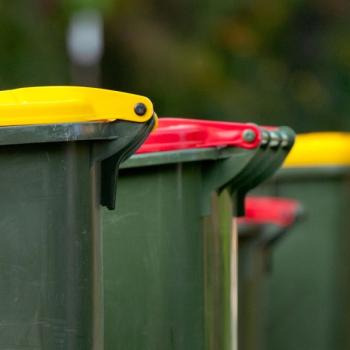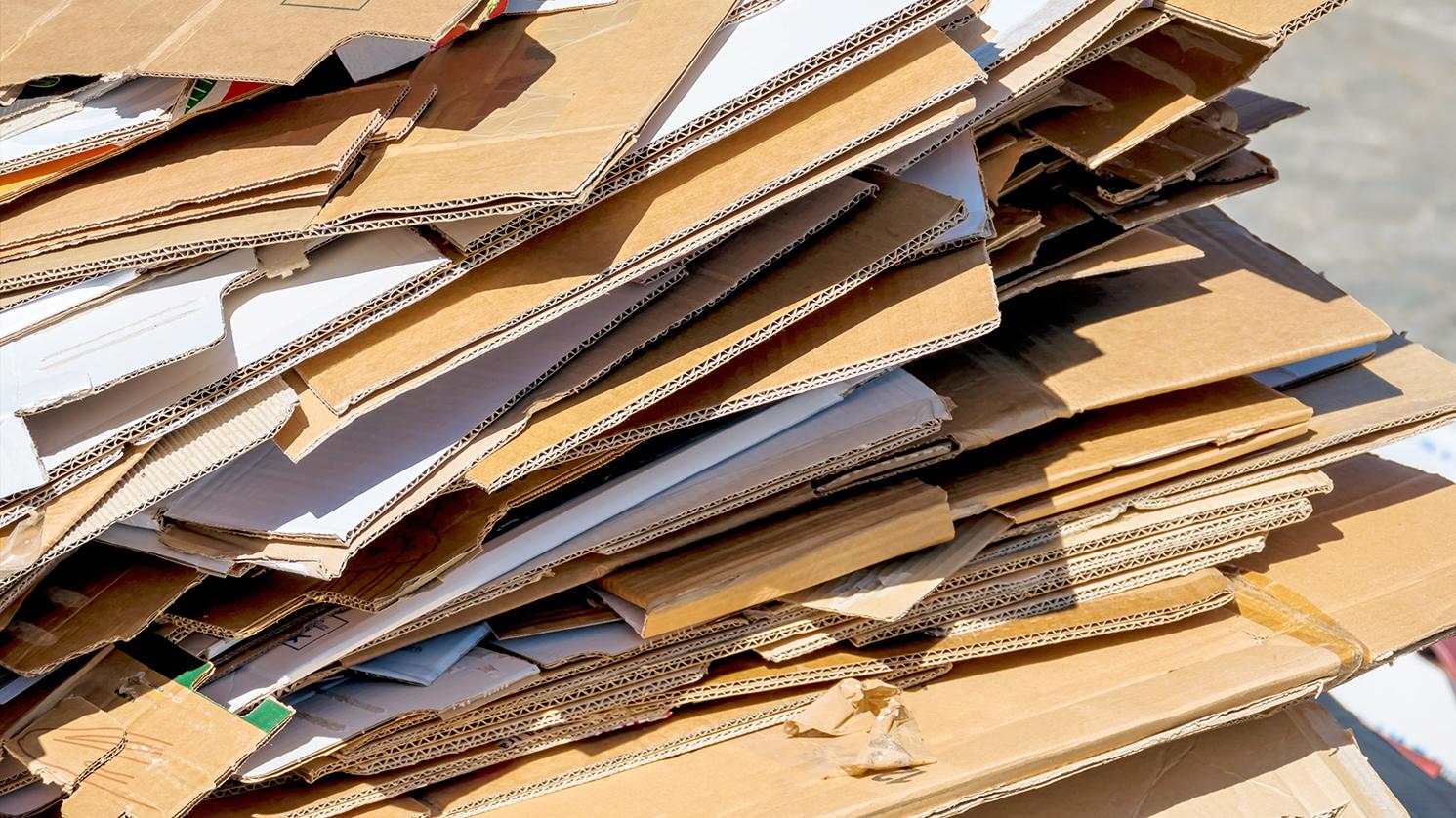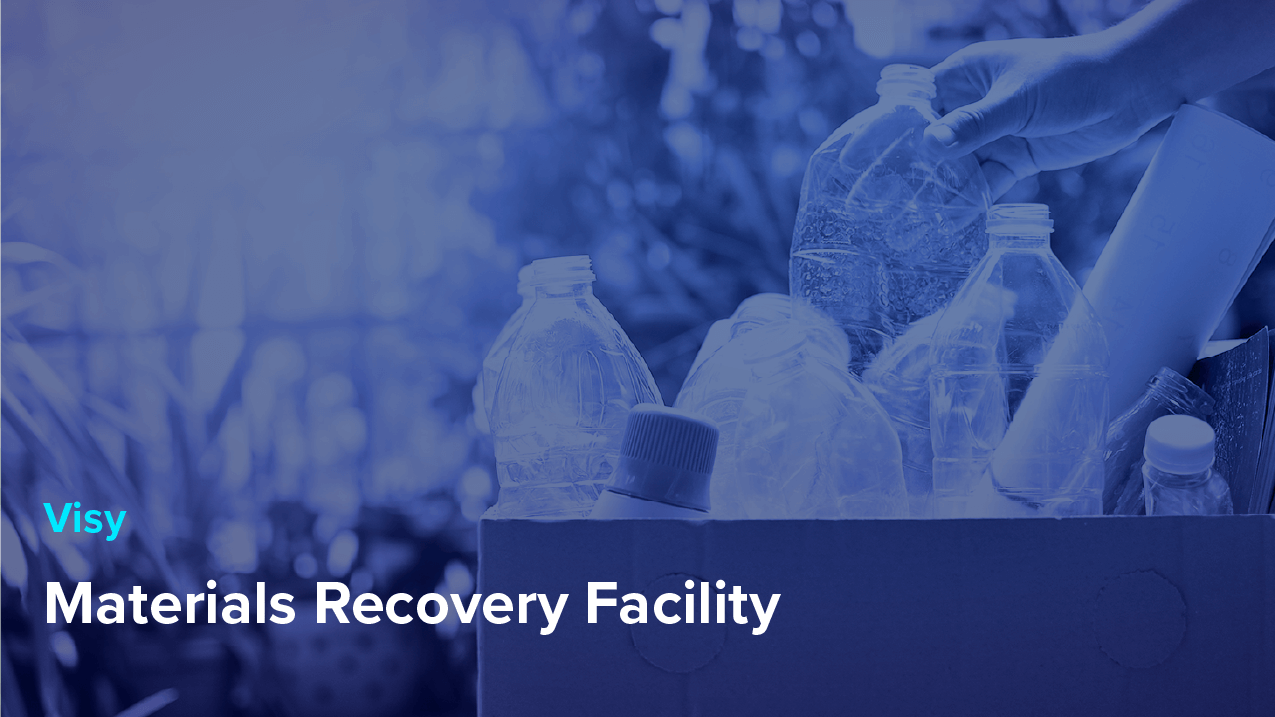
Household Recycling
Australia's largest processor of kerbside recycling —reliably and locally recycling and remanufacturing the contents of your recycling bin
Our recycling service and network of over 20 operations provide you with the scale and certainty of a reliable service—diverting waste from landfill or export, and turning it into new products.
We work with councils to recycle household waste, providing an extensive network of processing facilities and marketing and education support.
We have a local recycling and remanufacturing solution for paper, cardboard, glass and rigid plastic from kerbside recycling bins. Through a reciprocal agreement we send metal from the recycling bin to be recycled by a specialist company and buy back recycled steel/aluminium to manufacture into new tins and cans.
Cardboard and paper drop-off
Do you have large quantities of paper and cardboard recycling? Drop them off at select Visy locations around Australia.
View and download
What happens to household recycling?
Once household recycling bins are collected, the material is transported to a material recovery facility (MRF). At the MRF, a combination of manual and automated systems sort the contents into different material groups, such as cardboard and paper, glass, rigid plastics, and metals like food cans and beverage cans.
Once sorted, the materials are compressed into bales, ready for remanufacturing. We primarily remanufacture within our own operations across Australia and New Zealand.
To learn more about household recycling, click below:
